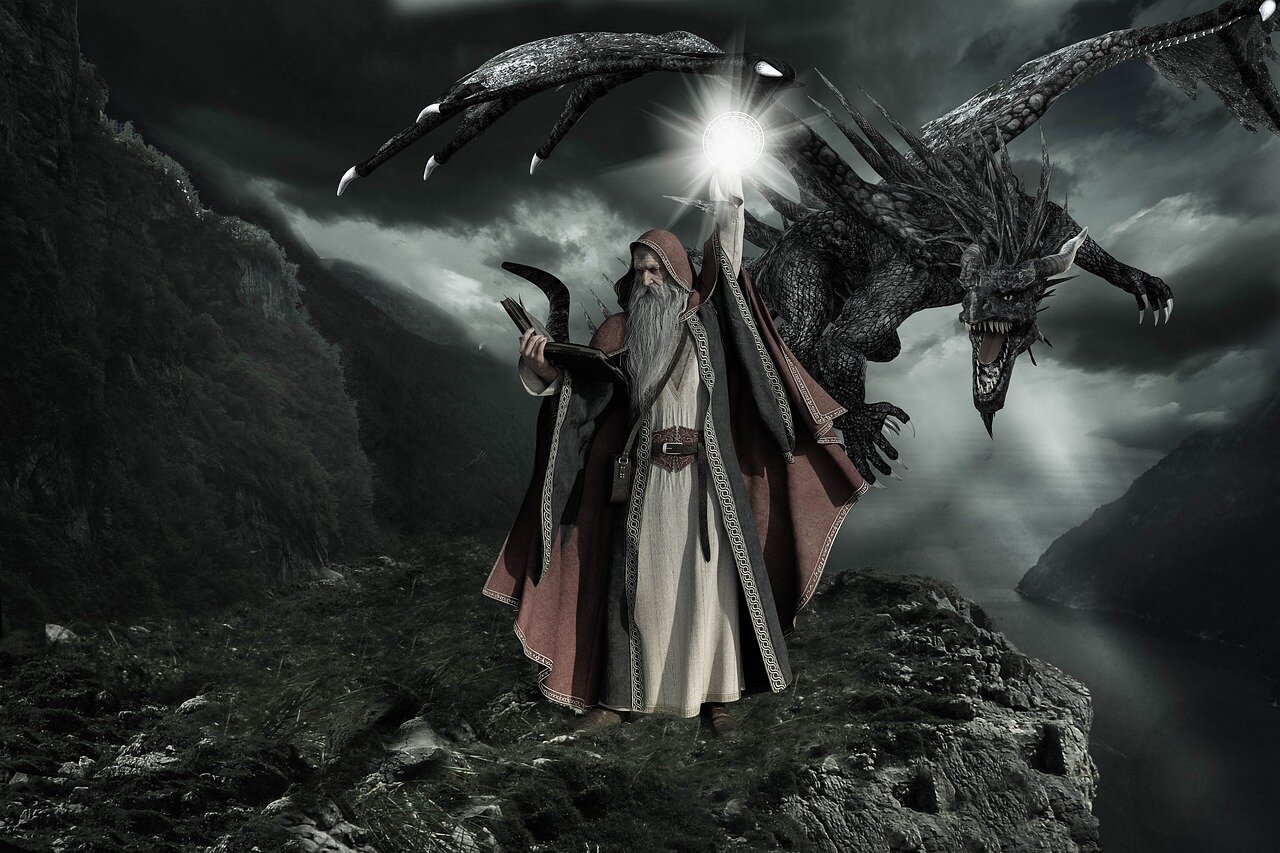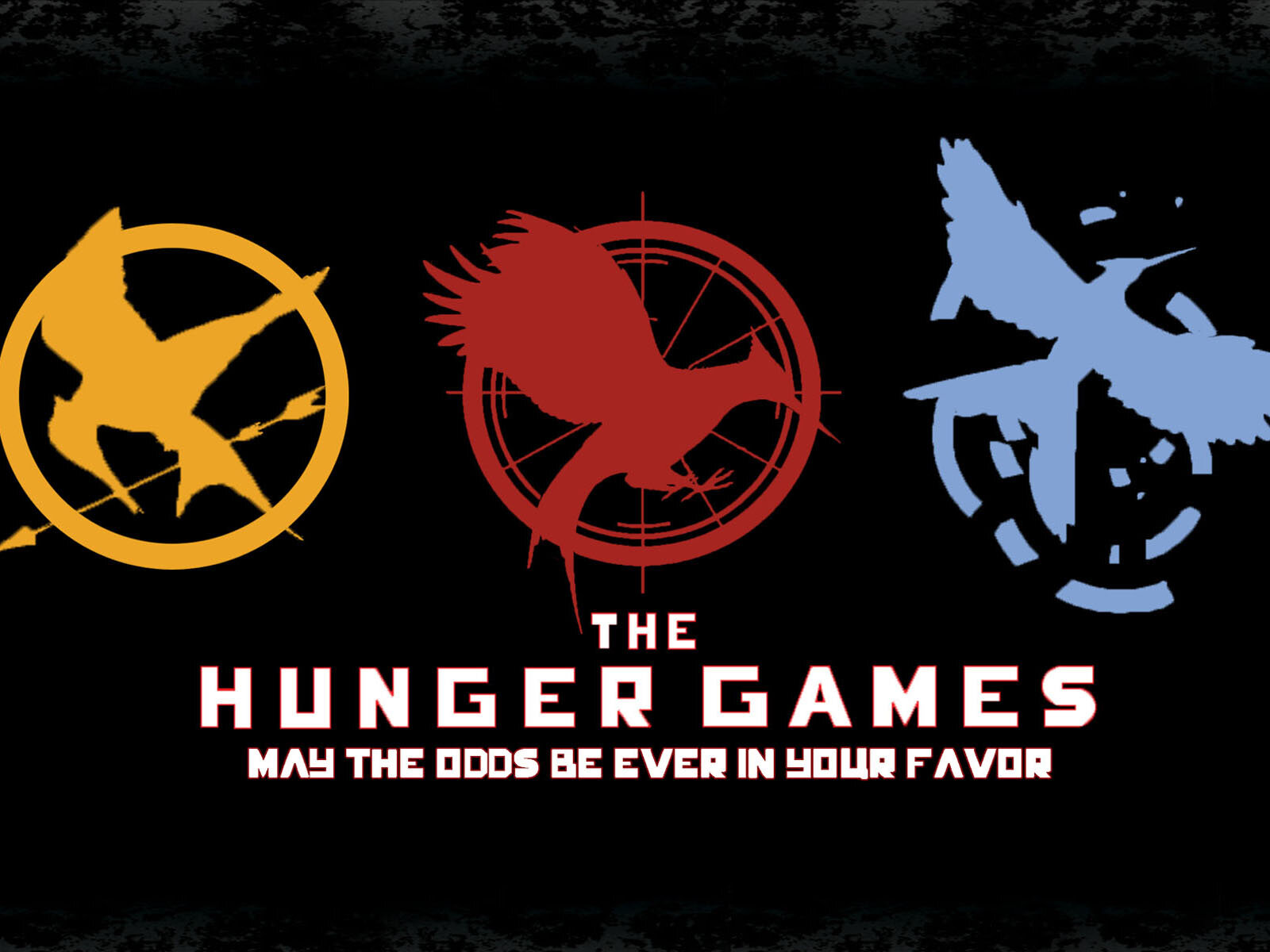Hard Worldbuilding
A little while ago I did a short series on worldbuilding (make sure you check those articles out! Click here to read now!), but I didn’t think about writing on the different types of worldbuilding. Worldbuilding is part of every single book you read and plays a particularly important part in science fiction and fantasy.
I’ve already gone over the definition of worldbuilding with plenty of examples in some of my posts, so I’m going to keep things moving right along in this update. If you would like to brush up on the basics, I recommend reading my article, Worldbuilding Fantasy.
If you type worldbuilding into Google, you’ll learn it is the process of constructing an imaginary world. Simple, right? Let’s dive a little deeper.
Some worlds can be more complex than others, with layers of development including politics, an economic structure, religion, culture, and even social classes. On the other hand, some worlds can be constructed in a very vague way with little details and gaps left to the reader’s imagination.
These two ends of the spectrum are called Hard Worldbuilding and Soft Worldbuilding. Today I want to go over the fundaments of Hard Worldbuilding (HWB).
Perhaps one of the best examples of HWB is Tolkien’s The Lord of the Rings. Not only did Tolkien create a world with creatures and wizards and powers we’ve never seen before, but he also goes into extensive detail in his characters’ backstories, history, and even creates his own language!
This is hard worldbuilding at its finest, immersing your reader into your imaginary world in multiple ways, within multiple layers.
HWB is unique because it requires time and patience—from both the author and the reader! Most books using this style of writing will be longer and will take large portions of the book to explain the rules and limitations of the world. This means entire chapters and situations created with the purpose of development. A tedious author will do this beautifully and their work will be most appreciated by readers who enjoy fully immersive stories featuring rich lands, lush details, and complexly developed characters.
The key things to remember about hard worldbuilding is that it always has concrete rules and a strong sense of realism.
Think of Avatar: The Last Airbender; this is one of my favorite fantasies to write about because it is so perfectly written and popular—which makes it easy to understand (and enjoy)!
Avatar’s world is a great example of hard worldbuilding because it easily provides concrete rules to viewers while maintaining a strong sense of realism. The rules within the magic system are simple; there are 4 types of magic according to the elements of the universe: water, earth, fire, and air. Each magic user is called a bender and can only use one element, while the Avatar can use all four.
You might say these rules are more closely associated with the magic system, rather than the world, but your magic system is considered an expansion of your world.
Think of the government set in place within Avatar; each element has its own representing nation. The Earth Kingdom, the Air Nomads, the Water Tribe, the Fire Nation. While each nation has its own culture, customs, and belief system, these rules come together to form the fundaments of an overarching culture within the entire worldbuilding system of Avatar. It is even easier to understand if you’ve seen the show, because each element is connected to one another! You cannot have water without fire or air or earth, and the Avatar holds it all together—maintaining peace and balance within the world!
Alright … we might be getting a little too deep within the lore, BUT that only demonstrates just how intricately woven the story is.
The world around your characters is just as important as the cast itself. Worldbuilding is writing, and the bigger part your world plays (the architecture, the culture, the religion, the economy, the politics, etc.) the harder it becomes.
Let’s talk about The Hunger Games by Suzanne Collins; this YA dystopian novel takes place in a futuristic, post-apocalyptic North America where the Capitol (the ones in charge) grossly oppresses the citizens of the thirteen districts. In The Hunger Games readers are immersed in the economy of Panem; we see Katniss starving, as well as anyone else from the poorer districts. We also experience the politics of Panem—the social justice war for life and peace and equal rights, all of which stems from the Hunger Games themselves. And we also witness the development of the futuristic culture of this new world, where the technology is so advanced it allows humans to be combined with animals and even reimagine their own bodies to look like animals.
All these aspects combine to form the books we grew to love as teenagers. While Collins didn’t create her own language—or a world entirely different from Earth as we know it—she did do quite a bit of hard worldbuilding as she laid down concrete rules and a strong sense of realism. There are no gaps left in the worldbuilding which would leave room for readers to wonder the possibilities of the world these characters lived in.
In other words, while many things outside the normal boundaries of our current technology are available in The Hunger Games, you still wouldn’t expect Katniss Everdeen to suddenly take flight and ride a flaming cloud into the Games without explanation. This is because the world Collins created had a clear set of rules and she worked hard to keep her plot within the limitations of those rules. While some things were possible, like flaming/explosive arrows, the mockingjay bird, and an entire nation of people living underground in a radioactive dead zone—these instances were not beyond the boundaries of the worldbuilding Collins designed.
I also want to touch on realism. This is one of the key factors of hard worldbuilding that I think is very important. According to Google, realism is the representation of reality—in terms of literature/writing. It is an important part of hard worldbuilding because these worlds are so complexly created, they need to maintain a sense of realism to give an anchor to readers.
If your readers cannot imagine something, or if something in your story doesn’t make sense, it is usually because some element has suddenly stepped outside the boundaries of your world. Remember Katniss’s flaming clouds? Or what if Avatar Aang pulled out an iPhone and took an Uber to the Fire Nation instead of flying there on Appa?
These sorts of things are hard to imagine—or don’t seem to make sense—because they go outside the rules of your world, in turn, losing their sense of realism.
Remember, realism in literature doesn’t necessarily mean your story must be realistic in the sense that an Avatar Aang and a flying bison could actually exist somewhere. It means your world must make sense. That is one of the most important factors in hard worldbuilding; it consistently makes sense, because of the concrete rules/boundaries set in place.
I think we hit on all the main points of hard worldbuilding, but if you’ve got any thoughts or questions, feel free to share them in the comments below. Click here to sign up for my monthly newsletter and stay abreast with new articles and updates. You’ll want to keep an eye out for my next article, we’ll be going over Soft Worldbuilding!—Article is now available! Click the title to start reading now!
Thanks so much for reading, God bless!



